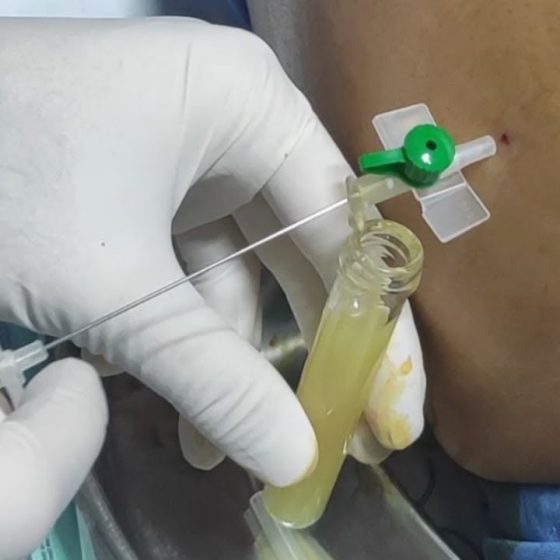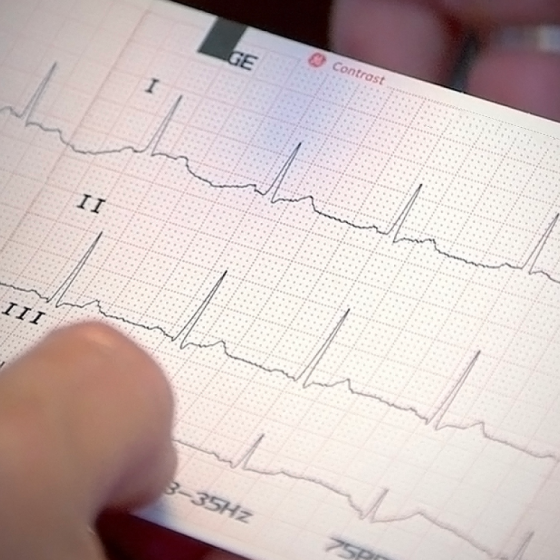Psychiatric History
The psychiatric history is probably one of the most difficult histories to conduct, as the patient may present with no physical symptoms at all, just a general sense of feeling low. As a result, they may not give you much information at all and not be willing to engage with your questions. The biggest mistake that students make when taking a psychiatric history for depression is losing their structure. It is important to remember that we still want to find out about the presenting complaint – feelings of lethargy, poor sleep, loss of appetite are all symptoms and we







